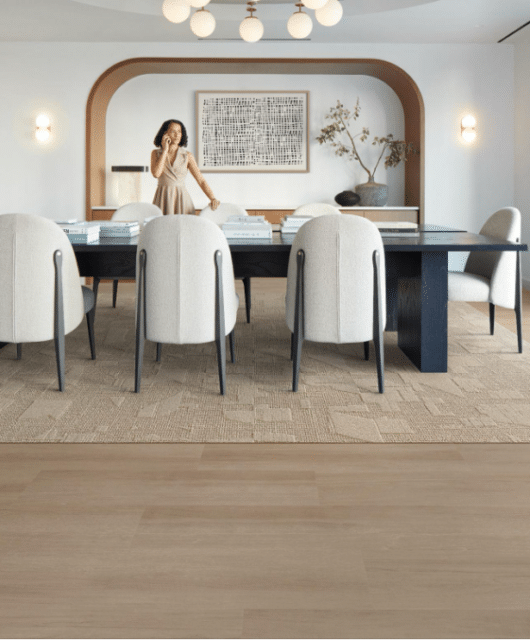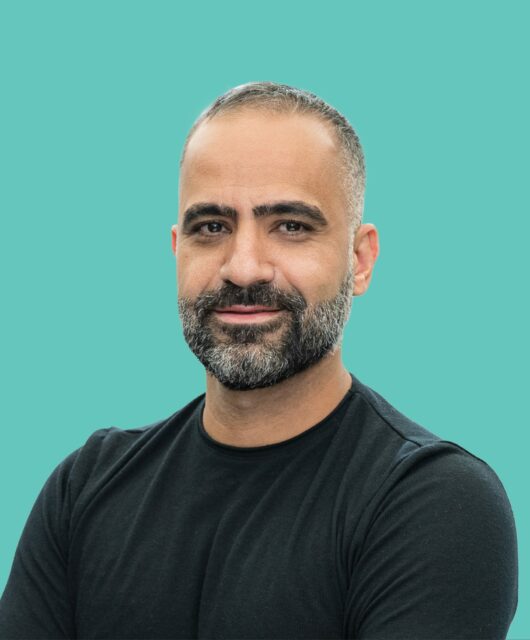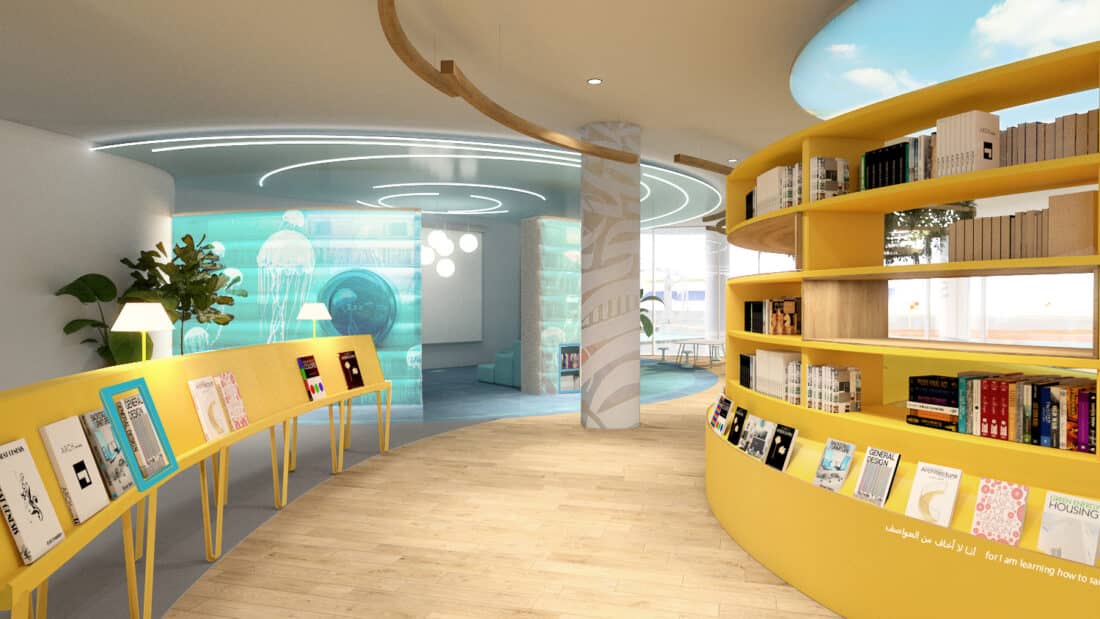 David Judge, Executive Creative Director of Space Zero, discusses the holistic approach used to design the campus interiors at Nord Anglia School in Abu Dhabi.
David Judge, Executive Creative Director of Space Zero, discusses the holistic approach used to design the campus interiors at Nord Anglia School in Abu Dhabi.
How does Nord Anglia International School Abu Dhabi’s holistic approach to designing campus interiors align with the organisation’s character and values?
Designing with a holistic approach is the heart of what Space Zero does – we specialise in creating environments that bring out the space’s character. We begin with a strategy before even looking at the spaces. With Nord Anglia International School Abu Dhabi, we discussed the values of the school, including a personalised approach to learning, creative encouragement and wellbeing empowerment – and ensured that this was communicated throughout the spaces.

Can you provide examples of how the interior design of the Nord Anglia International School Abu Dhabi campus reflects the school’s teaching methods and philosophy?
The overall interiors reflect on the school’s teaching method with Nord Anglia International School Abu Dhabi’s request to apply the theme of advanced learning and exceptional environments around the whole campus. We examined how each individual space would work by not only meeting the basic functionality of the space, but also how they might evolve in the next 5 to 10 years. We defined the spaces through three layers – character, functional requirements and how it delivers their values. The space is a communicational experience and so we think about the emotional response that the people will feel when they enter the space and how the space works overtime. It was important we designed areas to reflect NAS Abu Dhabi’s core values of inspiring creativity and encouraging well-being, resilience and purpose.
In what ways does Nord Anglia International School Abu Dhabi’s holistic approach to campus interior design cater to the evolving needs and expectations of the future of education?
Nord Anglia International School Abu Dhabi holistic approach to its campus interior designs caters to the evolving needs and expectations of the future of education in several ways. Their goal is to give a calm and warm feeling for the students to feel like they belong. For example, the technology aspect in the primary library will be very present with devices, however this will not affect the desire for the students to read a story and collaborate with each other in the specially designed areas of the library.
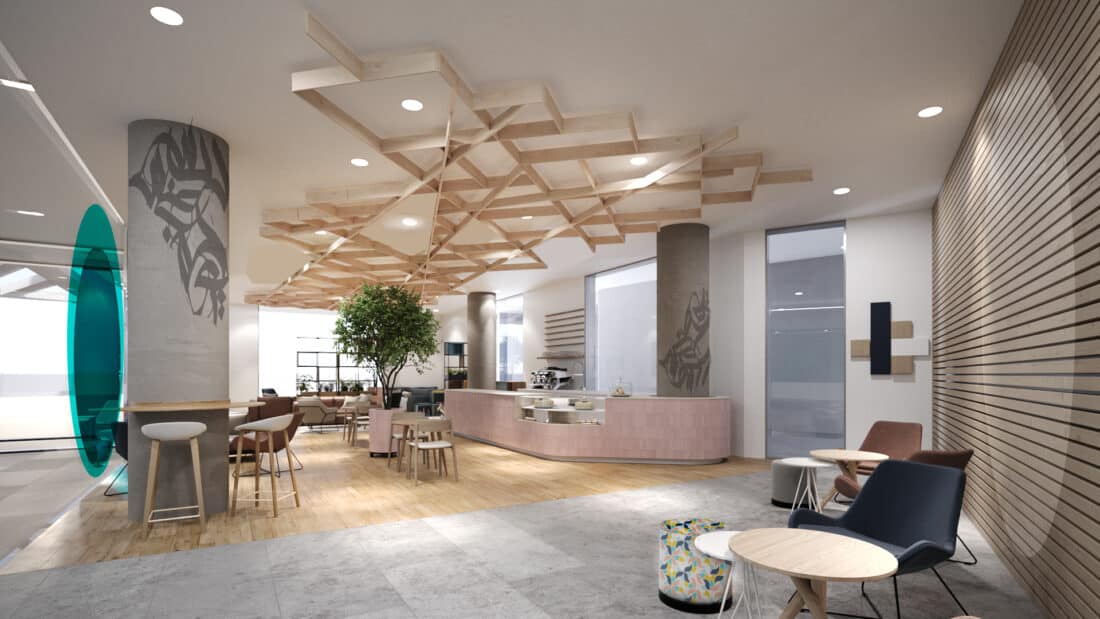
What key factors or considerations were taken into account when designing the Nord Anglia International School Abu Dhabi campus interiors to create an optimal learning environment for students and teachers?
There are multiple key factors that were taken into account at Nord Anglia International School Abu Dhabi with the idea of future education and how the interiors create an optimal learning environment, as it’s not just one approach per space. For example, in the primary library we aimed to convey the idea of storytelling and so created different environments that tell different tales. The desert, aquatic, and forest locations were used to romanticise the idea of listening to words, what they signify, and how emotional responses are derived from this. It is also critical to consider children’s ergonomics, so we developed a welcoming yet enjoyable environment that feels like home. We also created opportunities for cooperation in the same space, where students and teachers may work together and both feel like they belong.
How does the holistic approach to designing campus interiors at Nord Anglia International School Abu Dhabi contribute to fostering a sense of community and collaboration among students and faculty?
The holistic approach to designing campus interiors at Nord Anglia International School Abu Dhabi contributes significantly to fostering a sense of community and collaboration among students and faculty. There is a key academic principal that we refer to on the subject of belonging and the connection between the space and the person who owns this space. This means that we don’t design a space by thinking of it as just a facility – like many schools do. We believe that the idea of having it just as a functional space is a very old fashion approach. While functionality requirements are very important, we have to also consider how to give the people who are using the space a sense of belonging. We create an appropriate language for each group – considering language, communication, interior spaces, cultural integration and storytelling. We designed NAS Abu Dhabi with the mindset that we want the students to feel safe with a sense of belonging. The more they enjoy the spaces, the more they want to stay and the better they will learn and collaborate together. A key area to highlight is the parents’ café. It’s a space where parents can get to know each other, as well as the teachers – and it has been designed for them as a community to interact and collaborate.
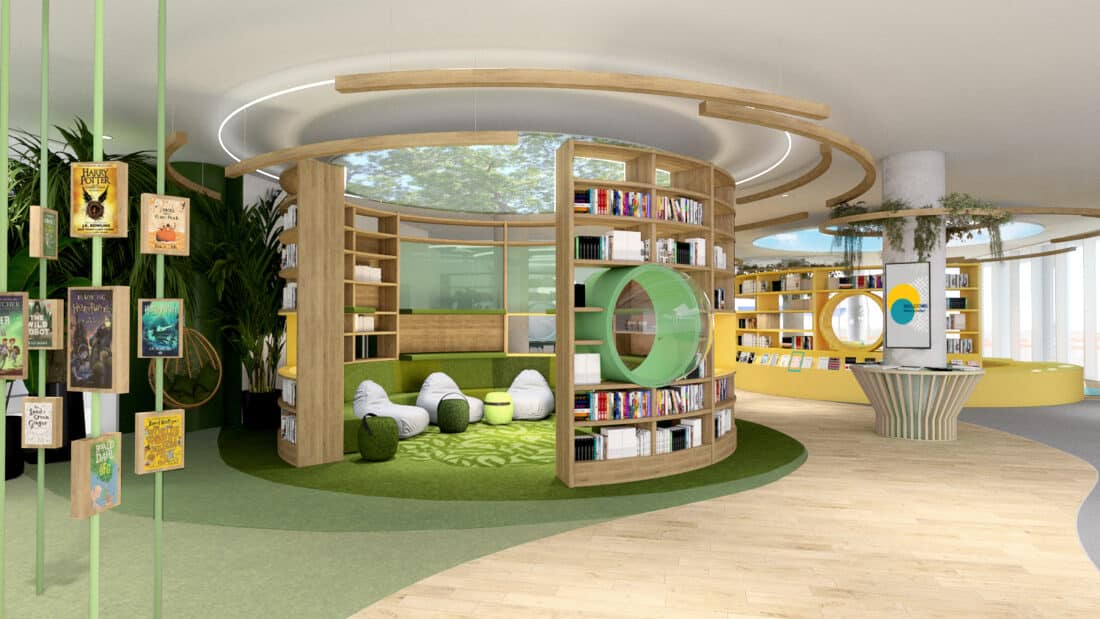
Can you discuss any specific innovative design elements or features implemented in the Nord Anglia International School Abu Dhabi campus interiors that enhance the overall learning experience and support the future of education?
The learning playground, positioned between the primary classrooms, is a highly particular innovative design element that will enrich the entire learning experience at Nord Anglia International School Abu Dhabi. We proposed using it as both a breakout room and a learning common with Nord Anglia International School Abu Dhabi. We addressed the ergonomics of young collaboration when designing this area, and it has been constructed so that students can relax and work together in a space that is theirs rather than sitting in a corporative-like space.



